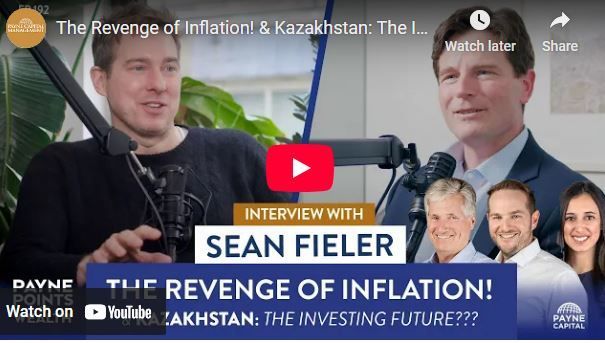Equinox Partners, L.P. - Q2 2021 Letter
Dear Partners and Friends,
PERFORMANCE & PORTFOLIO
Equinox Partners rose +29.6% in the second quarter of 2021. We estimate the fund is up +46.3% for the year to date through June 30th, 2021.
NET ASSET VALUE MATH
In our opinion, Net Asset Value (NAV) is the best tool for valuing gold mines and advanced mining projects. NAV is the sum of all future free cash flows from an asset discounted back to the present. Unlike valuation ratios such as enterprise value to cash flow, NAV attempts to capture the economic value of a mining project over its entire life. As such, NAV allows for true apples-to-apples comparisons across companies. The problem with NAV calculations is that they tend to incorporate assumptions that are unrelated to the specific project under evaluation.
In an ideal world, variations in NAV would hinge on the well-informed differences of opinion of mine engineers and geologists. Will a mine take 18 months and cost $300m to build or 24 months and $400m? The difference matters, and well-informed analysts will have differing estimates of a project’s build time and cost. This, unfortunately, is not the type of difference of opinion that tends to drive the variance in NAV estimates. Instead, the variance in NAV calculations tends to hinge on: 1) commodity price assumptions; 2) assumed discount rates; 3) assets included/excluded; 4) NAV multiples; 5) estimated future dilution.
Commodity Price Assumptions
Each sell-side firm makes its own gold and silver price forecasts. This is useful. What is not useful is that each sell-side firm incorporates their metals price forecasts into their NAV calculations. As a result, two sell-side firms can arrive at the same NAV estimate for the same mine with one model assuming higher production and lower costs, while the other model assuming higher metal prices. To be fair, some sell-side firms also offer NAV calculations at spot pricing, but most sell-side NAV calculations incorporate disparate metal price estimates. This point merits special attention because, at the moment, sell-side gold price projections not only vary widely from firm to firm but may reflect a very pessimistic view of gold's future value.
Assumed Discount Rates
Discount rate assumptions are another critical aspect of NAV calculations that often prevent like-for-like comparisons. During the last bull market in gold mining stocks, the sell-side convention for gold miners was a 0% discount rate, i.e. future free cash flows were equal in value to present free cash flows. This assumption which makes theoretical sense if metals prices keep pace with discount rates, makes no distinction between current and distant free cash flow. As a result, two development projects could have the same NAV but drastically different internal rates of return based on the timing of the capital expenditures and cash flow. After the global financial crisis, the sell-side changed their convention to a 5% discount rate. The 5% rate strikes us as a more useful starting point for cash flow analysis even though it punishes long-lived assets. Under a 5% discount rate convention, an ounce of production thirty years in the future is worth less than a quarter of an ounce produced today.
While 5% is a reasonable norm, sell-side models do not employ it uniformly. Even within the same company’s NAV calculation, some assets may be discounted at 5% while others are discounted at 8%. A recent sell-side report on Sandstorm is a case-in-point. Sandstorm’s assets in better jurisdictions are discounted at 5% while their assets in more challenging jurisdictions are discounted at 8-10%. This distinction reflects the price at which the royalties would trade in the marketplace but creates the risk of double discounting: NAV calculations are lowered and then the companies in more challenging jurisdictions trade at large discounts to those already reduced NAV calculations.
(source: RBC, June 28, 2021)
Excluded/Included Assets
The principal flaw in many NAV calculations isn’t the math but what is and what isn’t discounted. Imagine two companies with the same costs, the same reserves and resources, the same production profile, and very different exploration potentials. Their NAV calculations would be identical, while one of the two companies is obviously more valuable. NAV calculations struggle to incorporate value that is indeterminate or contingent.
A similar problem arises when a new discovery lacks a resource or feasibility study. Pan American’s La Colorada Skarn is a case in point. We are confident that the company’s 2018 discovery will be a mine. However, putting a value on this asset is far from straightforward. On the other hand, excluding an asset likely worth $1b doesn’t make sense either. MAG Silver’s largely unexplored joint venture license with Fresnillo poses a similar problem. It’s a near certainty, in our opinion, that the veins on Fresnillo’s ground extend onto the JV’s land. These veins, however, have not been drilled on the JV property. So, what are these likely ounces worth? Assets that require such assumptions and lack clear economics are more often than not omitted or severely discounted from sell-side models because the underlying math is impossible to defend.
(source 1: RBC, June 1, 2021. Notice $448m value for the La Colorada Skarn asset)
(source 2: BMO, July 28, 2021. Notice $25m Exploration for value for MAG’s Juanicipio JV)
NAV Multiples
While NAV captures the sum total of discounted free cash flow, all free cash flow is not created equal and different assets should trade at different NAV multiples. Most obviously, royalty companies should receive higher NAV multiples than mining companies, and, generally speaking, high-quality ounces should receive higher NAV multiples than low-quality ounces. That said, it makes no sense to pay more than 2x NAV for royalty companies that do not have a growth pipeline. In particular, we do not think large NAV premiums makes sense for very large royalty companies that will struggle to grow their attributable ounces of actual gold production.
(source: BMO, July 26, 2021)
Estimated Future Dilution and Timing
At the other end of the NAV valuation spectrum from royalties are projects that require equity financing. Given the uncertainty of equity dilution and the timing of project commencement, some additional discount makes sense. The extent of the discount, however, is often extreme. It is not uncommon to find unfinanced projects valued at 0.2x NAV. This 10-fold difference in valuation versus mature royalty companies is based on the certainty of the royalty companies’ free cash flow verses the uncertainty that an unfinanced project will proceed at all and at what dilution will be incurred. While the distinction makes sense, the extent of the variance in the valuation often doesn’t make sense. Accordingly, well-informed judgement calls about the instances in which these discounts and premiums get out of line with the likely underlying economic reality of various projects are particularly valuable in today's market.
Conclusion
We continue to find good opportunities amongst gold and silver miners in the development. The process through which an ore body goes from a project that requires financing to a producing asset spiting off free cash flow tends to coincide with a substantial revaluation. The risk of owning a company during construction is that a project suffers cost overruns or fails to achieve its name-plate capacity. These risks are highest when the cycle is at its peak and lowest when the mining cycle is troughing.
That said, we are also just beginning to see real cost pressure creep into construction projects. While it is difficult to generalize across geographies, we estimate that over the last two years the cost to bring a mine online has risen ~30%. Most sizable builds are still able to attract good EPC talent, and we are far from the overheating phase of the last cycle during which costs and timelines blow out. That said, as the cycle progresses, the math of building a mine will become dicier and developers will be met with much more skepticism.
Organization
Effective January 1, 2021, the fund engaged Eisner Amper LLP as its auditor and Andersen Tax LLC as its tax advisor. We have shifted from a bundled audit tax provider to two separate service providers that will provide a wider range of tax expertise, additional oversight, and a more competitive fee structure. Our intention is always to provide our partners with the best service-provider at the best value.
Sincerely,
Equinox Partners
[1] Sector exposures shown as a percentage of 6.30.21 pre-redemption AUM. Performance contribution is derived in U.S. dollars, gross of fees and fund expenses. Interest rate swaps notional value and P&L are included in Fixed Income. P&L on cash is excluded from the table as are market value exposures for derivatives. Unless otherwise noted, all company data is derived from internal analysis, company presentations, or Bloomberg. All values are as of 06.30.21 unless otherwise noted.
Endnote: Unless otherwise noted, all company-specific data derived from internal analysis, company presentations, Bloomberg, or independent sources. Values as of 6.30.21, unless otherwise noted.
This document is not an offer to sell or the solicitation of an offer to buy interests in any product and is being provided for informational purposes only and should not be relied upon as legal, tax or investment advice. An offering of interests will be made only by means of a confidential private offering memorandum and only to qualified investors in jurisdictions where permitted by law.
An investment is speculative and involves a high degree of risk. There is no secondary market for the investor’s interests and none is expected to develop and there may be restrictions on transferring interests. The Investment Advisor has total trading authority. Performance results are net of fees and expenses and reflect the reinvestment of dividends, interest and other earnings.
Prior performance is not necessarily indicative of future results. Any investment in a fund involves the risk of loss. Performance can be volatile and an investor could lose all or a substantial portion of his or her investment.
The information presented herein is current only as of the particular dates specified for such information, and is subject to change in future periods without notice.
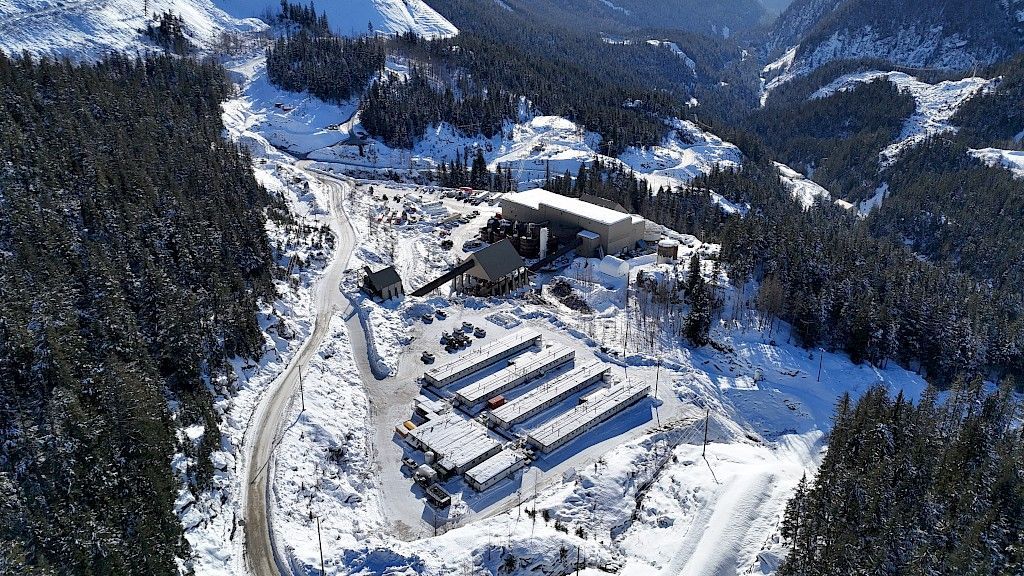


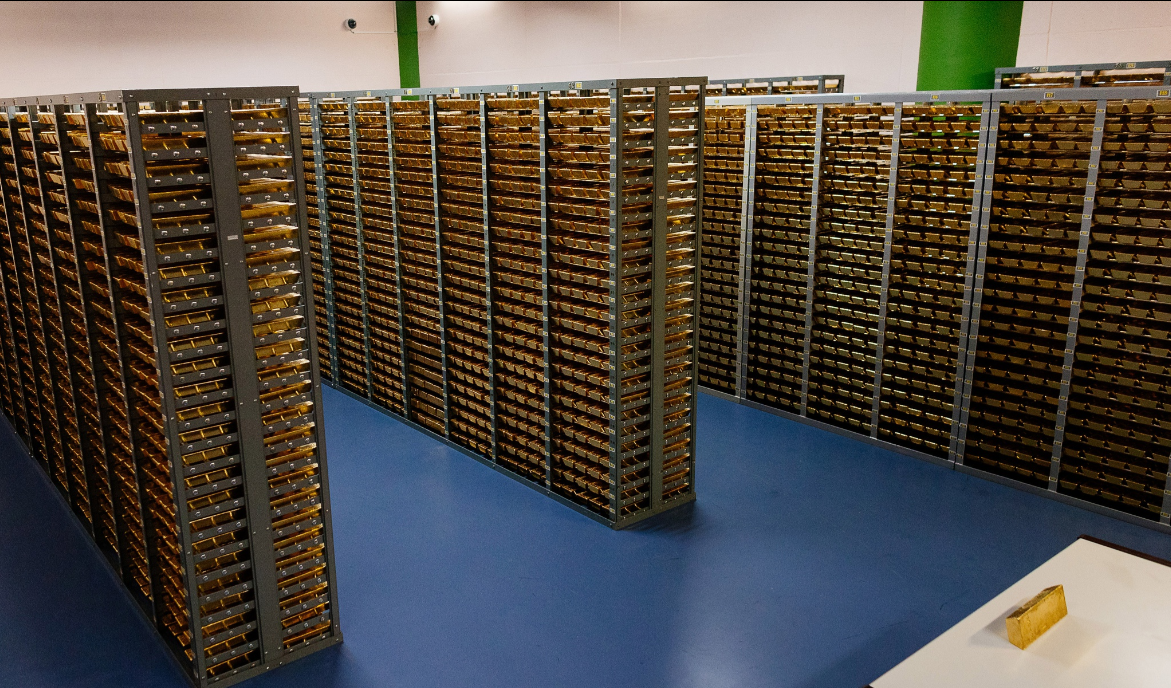


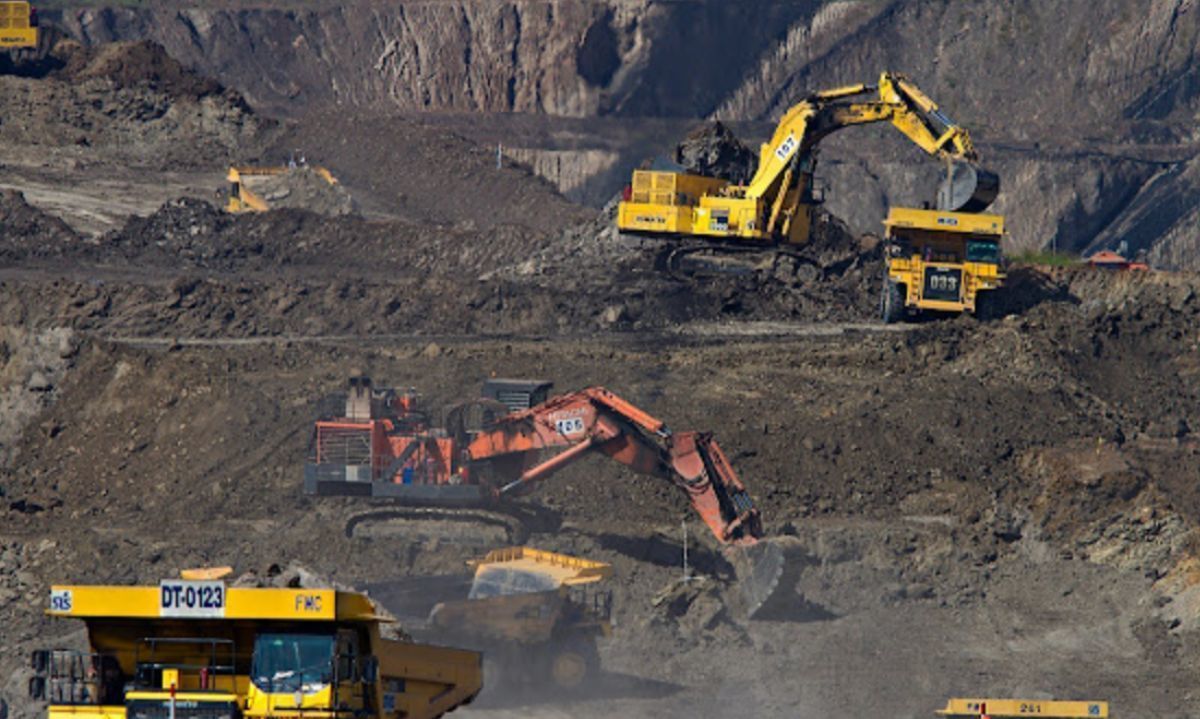
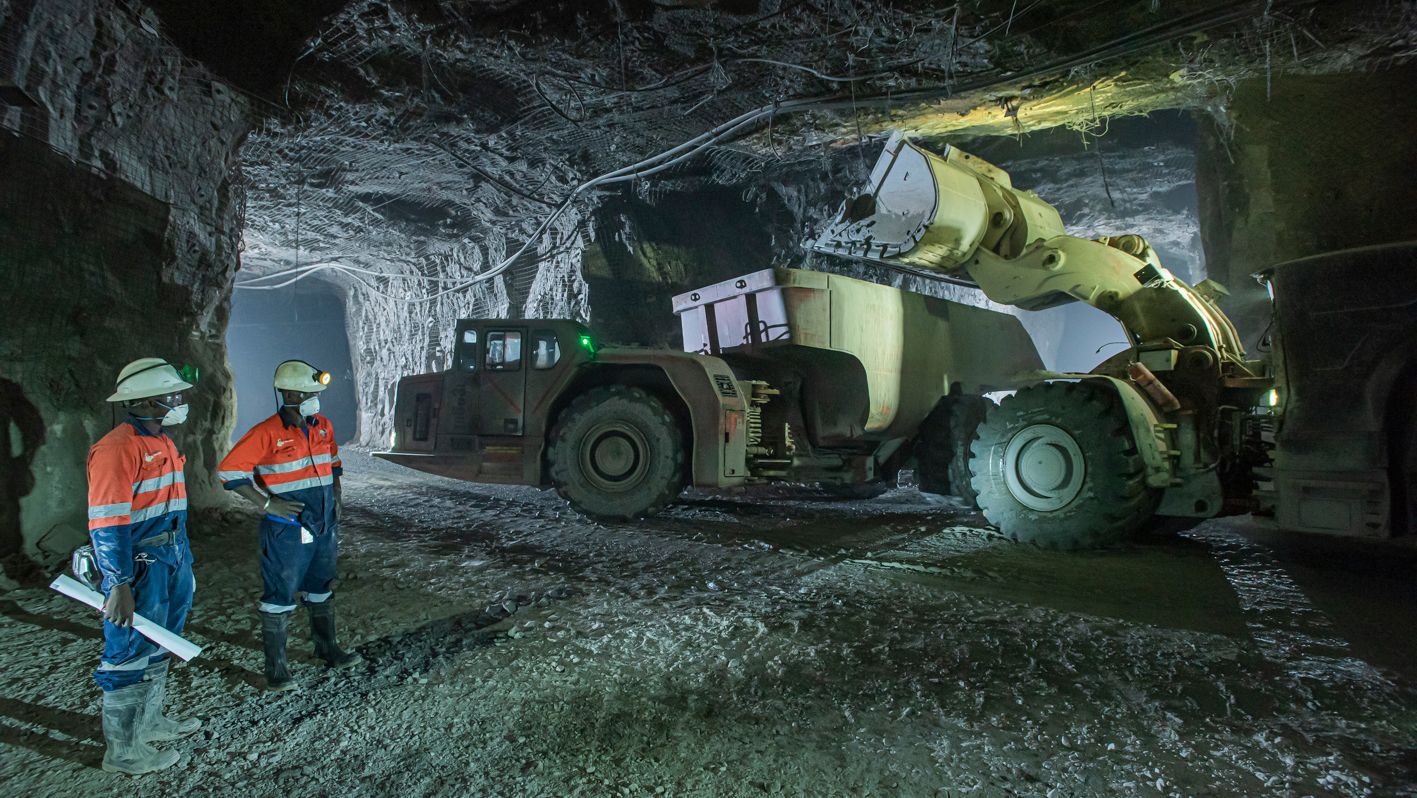
Equinox Partners Investment Management, LLC | Information as of 12.31.24 unless noted | *SEC registration does not imply a certain level of skill or training
Equinox Partners Investment Management, LLC | Site by Fix8



